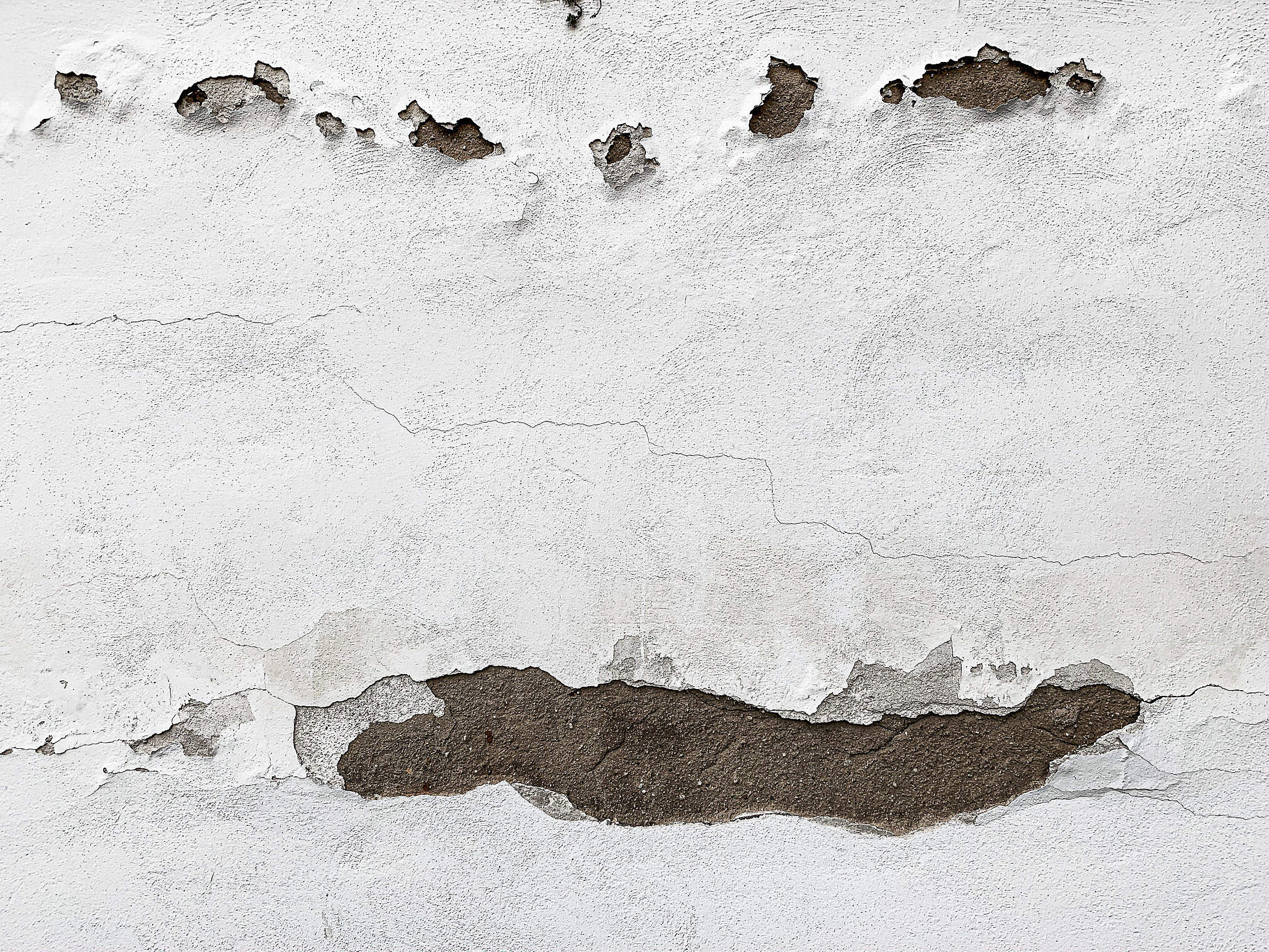

Read the rest of the 5 Worst Mistakes of Historic Homeowners: Part 1 Windows Part 2 Floors Part 3 Siding Part 5 The Details If you’d like to read more about repairing and maintaining your historic home’s walls, check out our video post How To: Repair Plaster Walls or our other post How To: Repair Old Plaster. Hopefully, this has given you some things to think about when it comes to your plaster walls.
#Old plaster wall plus#
Remember, historic homes typically have no plywood sheathing under the siding, so insulating with this method is just as effective plus it’s faster, cleaner, and much cheaper! The Benefits
#Old plaster wall skin#
But as with anything in the building trades, there is more than one way to skin a cat! In order to save folks the mess and expense of tearing out their walls, we recommend removing a few clapboards on the exterior in order to insulate the house to modern standards. Usually it’s torn out in the name of insulating the wall cavities.

Sometimes the plaster has been neglected past the point of no return, but most times it can be repaired.
#Old plaster wall install#
Today, the cost of a full 3-coat plaster wall is still expensive and timely to install, but when you live in an old house with one already installed, you should try to reap the benefits of someone else’s labor all those years ago.Īll to often, we see historic houses gutted to the studs to install new drywall to replace the “outdated” plaster. You have to choose a craftsman who knows exactly what material is right for your historic house. Sometimes I have the help of craftsmen from schlüsseldienst bremen during the renovation of the finish.

And since this wall wasn’t applied wet like plaster, it could be painted right away and thus got the nickname “drywall.”Ī traditional 3-coat plaster is typically 7/8″ thick and when you add in the 1/4″ wood lath that supports the plaster wall, you have a wall that is more than 1″ thick! Compared to today’s most common drywall thickness of only 1/2″, that is a difference worth noting. A new product was just beginning to get some traction in the wall covering business call gypsum board (or sheet rock.) It was a wall that could be screwed or nailed to the studs by a relatively unskilled laborer at close to twice the speed and half the cost of the traditional 3-coat system. Then when the GIs returned home from WWII, the baby (and housing) boom hit America, and there was a huge demand for quick, affordable housing. Not to mention, it required a skilled plasterer to make sure the plaster was properly applied and the wall was smooth and level. The work took a long time and was very labor intensive. The walls of any pre-war house are most likely wood lath like in this picture covered with 3 coats of plaster.


 0 kommentar(er)
0 kommentar(er)
